Russian withdrawal from Kherson continues
- By Stavros Atlamazoglou
Share This Article
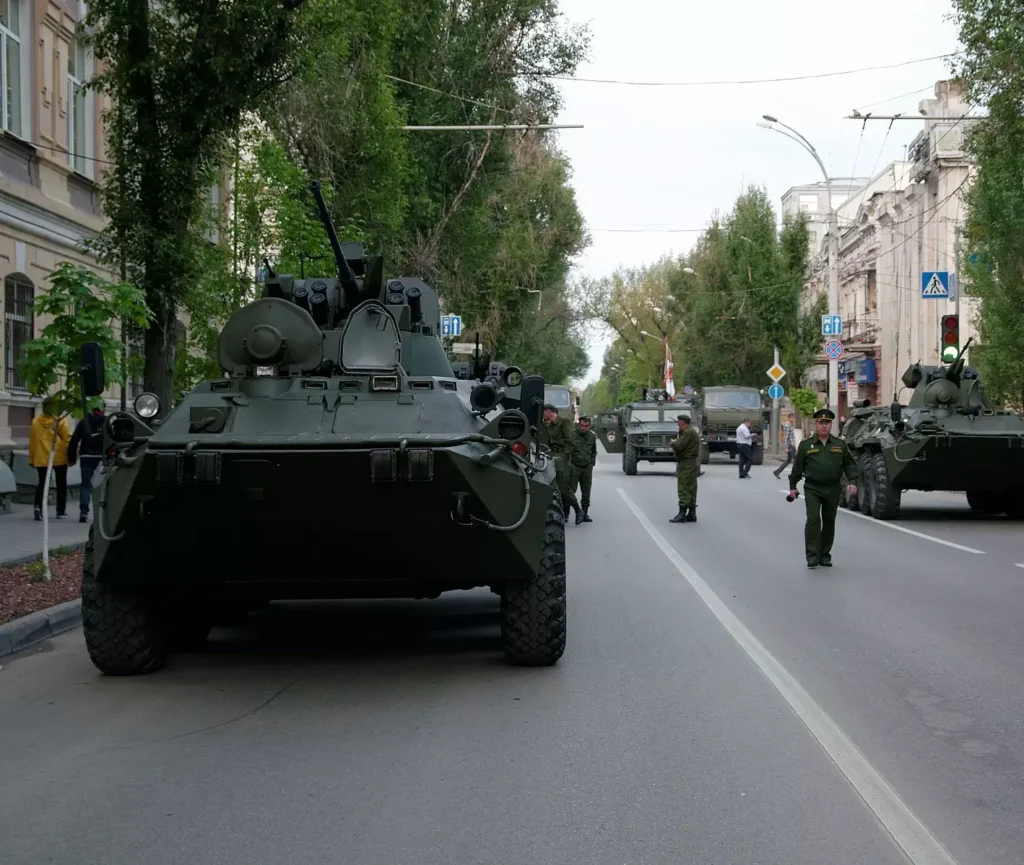
It has been 243 days since the Russian invasion of Ukraine began. On Monday, the Russian military is keeping up with offensive operations against Bakhmut in the Donbas while the Ukrainian forces are persisting with their counteroffensives in the east and the south.
A tour of the battlefield
In the south, the Russian military has been withdrawing its forces from the western bank of the Dnipro River under heavy pressure from the Ukrainian counteroffensive. The Ukrainian military keeps up with its long-range fires interdiction campaign that is targeting and taking out Russian logistical and military targets all across the Kherson province.
The Russian authorities also have likely restricted internet access in Kherson City in order to facilitate the withdrawal of the Russian forces.
In the east, the Ukrainian forces are trying to reach Svatove through Kreminna, but the rate of advance has slowed significantly as the Russian defenses have soared up.
Finally, in the Donbas, the Russian forces (primarily mercenaries from the infamous Wagner Group private military company) have been trying to breach the Ukrainian defenses in and around Bakhmut but with little success. Despite shortages, the Ukrainian defenders are holding up.

Related: Russians scheming to steal US military technology arrested
Russian casualties
Every day, the Ukrainian military is providing an update on their claimed Russian casualties. These numbers are official figures and haven’t been separately verified.
However, Western intelligence assessments and independent reporting corroborate, to a certain extent, the Ukrainian casualty claims. For example, the Oryx open-source intelligence research page has visually verified the destruction or capture of more than 1,400 Russian tanks (which amounts to more tanks than the combined armor capabilities of France, Germany, Italy, and the United Kingdom) and more than 5,300 military vehicles of all types; this assessment has been confirmed by the British Ministry of Defense.
The same independent verification exists for most of the other Ukrainian claims. Recently, the Pentagon acknowledged that the Russian military has lost thousands of combat vehicles of all types, including over 1,000 tanks, and dozens of fighter jets and helicopters.
Furthermore, more recent reports that are citing Western intelligence officials indicate that the Russian military has suffered up to 50,000 casualties (killed and wounded) in the war so far.
In the summer, Sir Tony Radakin, the British Chief of the Defence Staff, recently told the BBC that the West understands that more than 50,000 Russian troops have been killed or wounded in the conflict thus far. If we were to take the Ukrainian figures as accurate, the number mentioned by Sir Radakin is on the low side of the spectrum.
Related: How Russia’s culture of lies is dooming Putin’s invasion of Ukraine
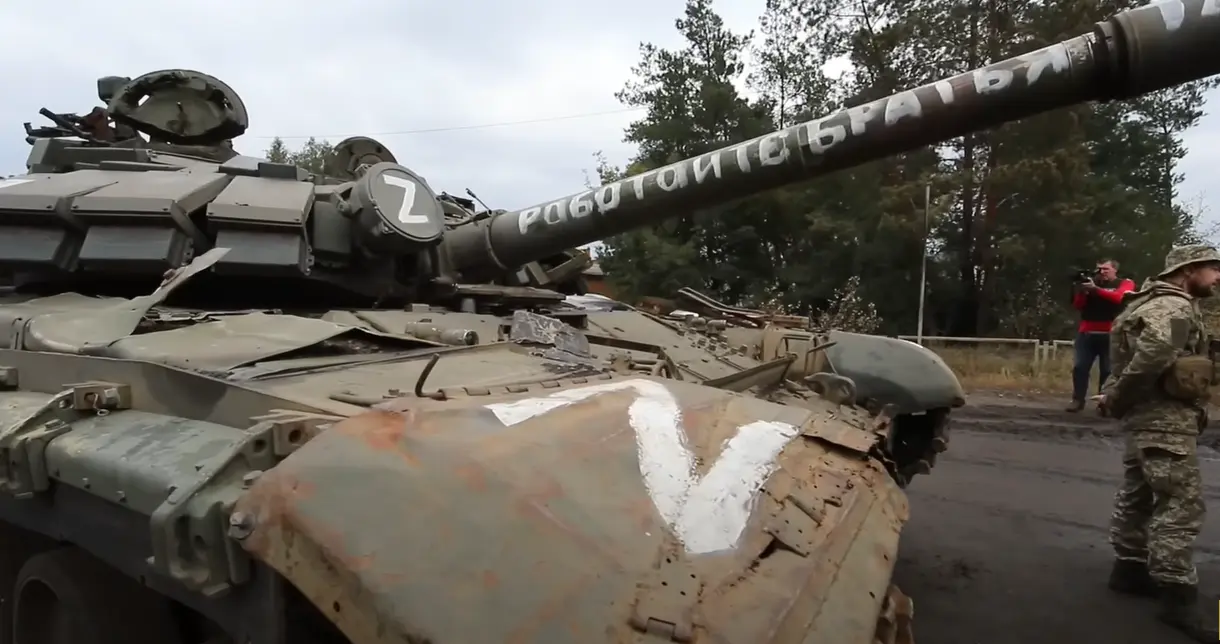
Yet, it is very hard to verify the actual numbers unless one is on the ground. However, after adjusting for the fog of war and other factors, the Western official numbers are fairly close to the Ukrainian claims.
As of Monday, the Ukrainian Ministry of Defense is claiming the following Russian casualties:
- 67,940 Russian troops killed (approximately three times that number wounded and captured)
- 5,295 armored personnel carriers and infantry fighting vehicles destroyed
- 4,044 vehicles and fuel tanks
- 2,590 tanks
- 1,673 artillery pieces
- 1,370 tactical unmanned aerial systems
- 270 fighter, attack, and transport jets
- 375 Multiple Launch Rocket Systems (MLRS)
- 245 attack and transport helicopters
- 350 cruise missiles shot down by the Ukrainian air defenses
- 189 anti-aircraft batteries
- 149 special equipment platforms, such as bridging equipment
- 16 boats and cutters
- four mobile Iskander ballistic missile systems
For most of May, the Russian military suffered the greatest casualties around the Slovyansk, Kryvyi Rih, and Zaporizhzhia areas, reflecting the heavy fighting that was going on there. As the days and weeks went on, most of the heavy fighting shifted toward the direction of Bakhmut, southeast of Slovyansk, around Severodonetsk, Lyman, and Lysychansk.
Related: Are smart bullets the future of precision warfare?

Then the location of the heaviest casualties shifted again westwards toward the area of Kherson and Zaporizhzhia — where one of Europe’s largest nuclear plants is located — as a result of a Ukrainian counteroffensive in and around the area.
Then, the concentration of casualties once more shifted back to the Donbas, especially in and around Severodonetsk and Lysychansk, the two urban centers the Russians managed to capture in July. For most of August, the heaviest fighting took place in the Donbas, where the Russian forces unsuccessfully tried to breach the Ukrainian defenses and capture the Donetsk province. But lately, most of the fighting has shifted to the south where the Ukrainian military is mounting a major counteroffensive to recapture Kherson. It is now there, on the southern front, that the Russian military is suffering the heaviest casualties.
On Monday, Ukrainian forces continued to inflict the heaviest in the direction of Bakhmut, which is located in the south of the Donbas, and Kramatorsk, which is located in the central of the Donbas.
The stated goal of the Russian military for the renewed offensive in the east is to establish full control over the pro-Russian breakaway territories of Donetsk and Luhansk and create and maintain a land corridor between these territories and the occupied Crimea.
Feature Image: Russian troops rehearse for the Rostov-on-Don Victory Day Parade. (Photo by Vyacheslav Argenberg/Wikimedia Commons)
Read more from Sandboxx News
- Why Russia accused China’s J-20 of stealing its stealth fighter design
- Sabotage targets: A saboteur’s guide to targeting an invading force
- Attack on the Crimean Bridge – Ukraine’s birthday present to Putin
- Army’s special operations are coming to a high school near you
- HIMARS rockets alone won’t win the war for Ukraine
Related Posts
Sandboxx News Merch
-

‘AirPower’ Classic Hoodie
$46.00 – $48.00 Select options This product has multiple variants. The options may be chosen on the product page -

‘Kinetic Diplomacy’ Bumper Sticker (Black)
$8.00 Add to cart -

‘Sandboxx News’ Trucker Cap
$27.00 Select options This product has multiple variants. The options may be chosen on the product page
Stavros Atlamazoglou
Greek Army veteran (National service with 575th Marines Battalion and Army HQ). Johns Hopkins University. You will usually find him on the top of a mountain admiring the view and wondering how he got there.
Related to: Ukraine
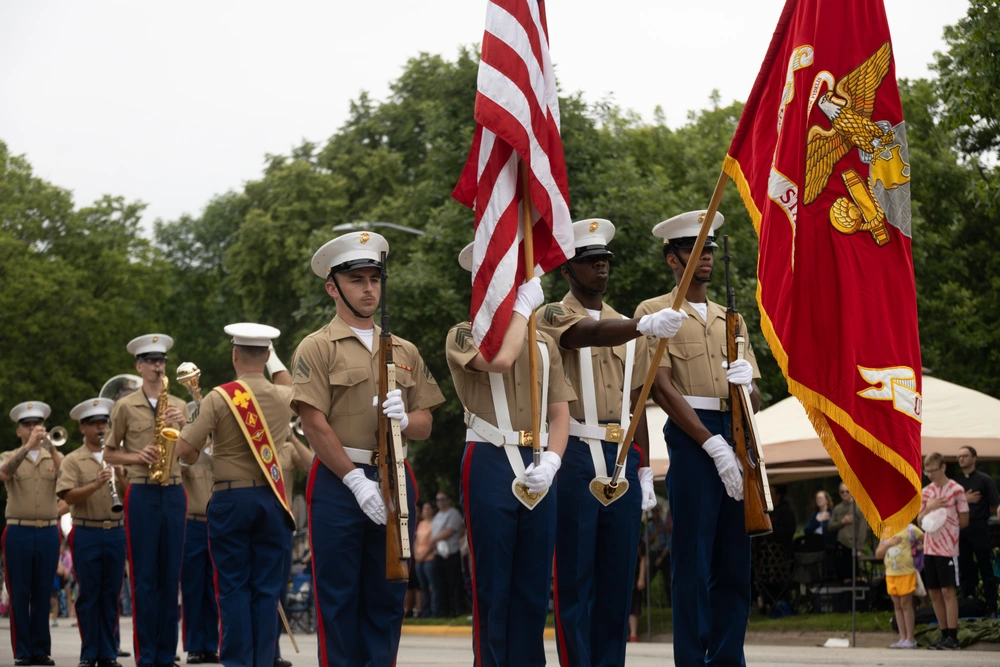
This is why the Marine Corps is different
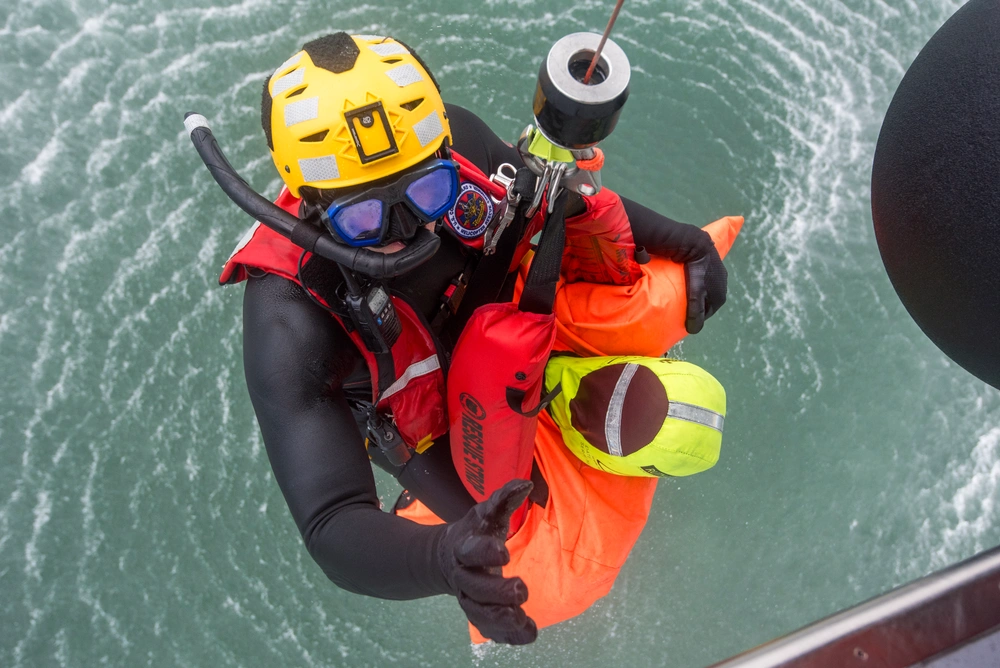
Heroic Coast Guard rescue swimmer saved hundreds in Texas floods and exemplified the spirit of America
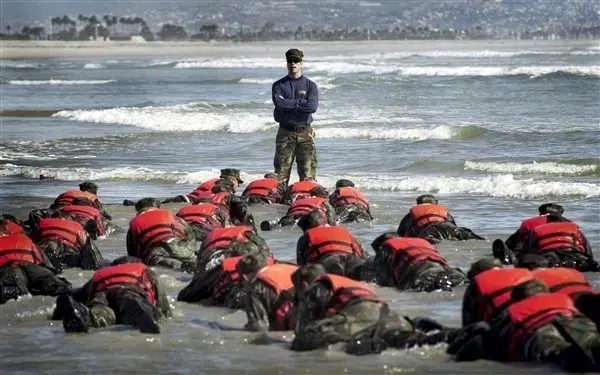
BUD/S instructors have their favorite games to make SEAL candidates suffer
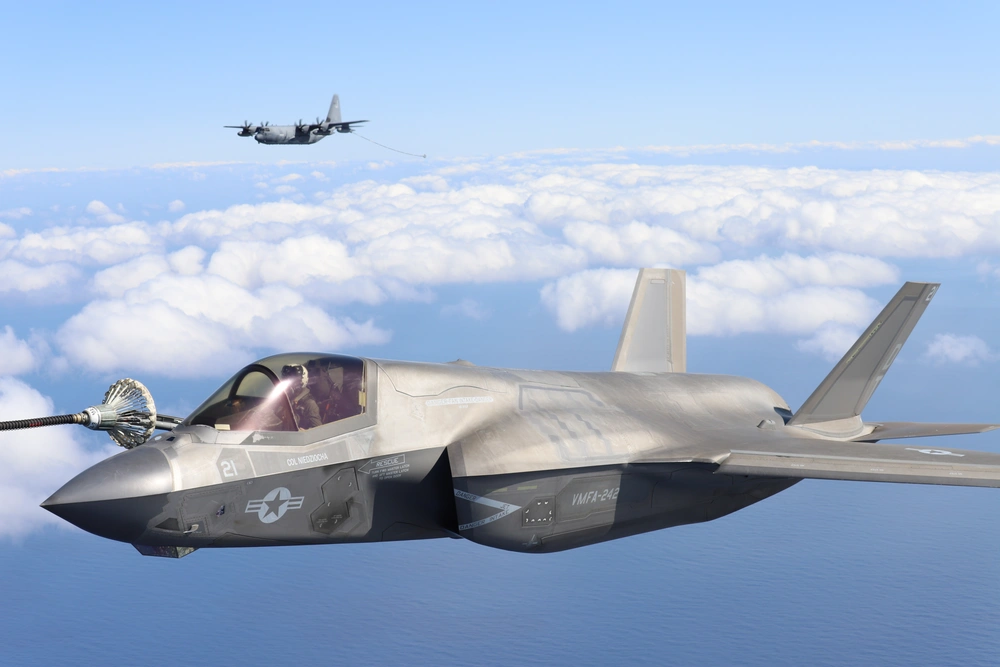
Air superiority is a required component in modern warfare
Sandboxx News
-

‘Sandboxx News’ Trucker Cap
$27.00 Select options This product has multiple variants. The options may be chosen on the product page -

‘AirPower’ Classic Hoodie
$46.00 – $48.00 Select options This product has multiple variants. The options may be chosen on the product page -

‘AirPower’ Golf Rope Hat
$31.00 Select options This product has multiple variants. The options may be chosen on the product page -

‘Sandboxx News’ Dad Hat
$27.00 Select options This product has multiple variants. The options may be chosen on the product page
